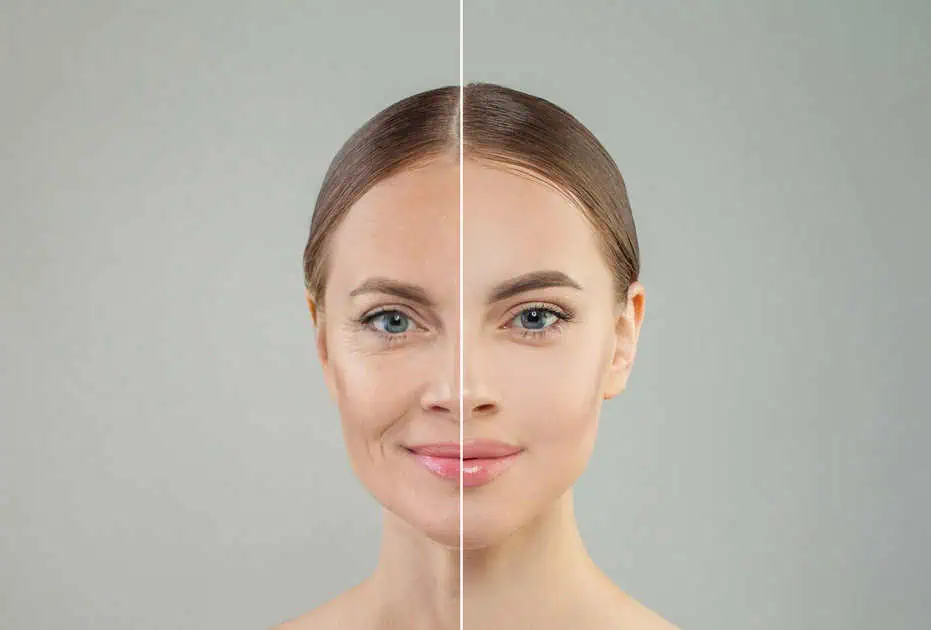

Have you ever noticed someone crease-free under the eye area, no signs of crow’s feet, or even wrinkles on their forehead? Two things might pop up in your mind: first, it could be genetics that plays role in one’s skin tone and structure or the second thought maybe about the cosmetic procedures someone has undergone, namely Botox. Popular magazines, celebrity gossip, and even chatting with friends might have to lead you to an interest in Botox treatments. However, you need to know many things before you opt for Botox to rule out any misconception.
You might have heard a lot about Botox injection over the past few years as with the revolution in aesthetic dermatology and cosmetology. In this article, you will learn all about the Botox injection, its uses, and areas you can correct with it.
Botox is a drug that is being used to paralyze and weaken the muscles and if used in small amounts, it can correct the fine lines and wrinkles on the face.
Historically this drug is in use for many years since its evolution in 1987. Earlier, the drug was part of the treatment of various medical conditions, such as relief in severe cases in Cerebral Palsy. With time, it has been evolved as a perfect choice in cosmetic procedures.
Botox is a protein that is derived from the Botulinum toxin which the bacterium called Clostridium botulinum produces.
Botox is a toxin which the FDA has approved it in the treatment of certain medical conditions such as eyelid spasms, migraines, some bladder issues, and even excessive sweating.
At first, the FDA approved it in 1989 for medical purposes; uncontrolled muscular spasms, and later in 2002 the FDA approved this treatment for cosmetic reasons and was available on prescription in the United States. These cosmetic treatments are responsible for the reduction in fine lines and wrinkles of the face and neck!
When Botox is used in small amounts with perfection, it can produce benefits both in medical and cosmetic treatments.
This drug is a neurotoxin and targets the nervous system and disrupts the chemical signaling from nerves to different muscles. These signals cause the muscle to contract.
To make the muscles contract, the chemical messenger called acetylcholine is released by the nerves at the junction where nerve endings meet with muscles. The acetylcholine attaches to receptors on the muscles, thus this messenger causes targeted muscles to contract.
Botox inhibits the release of acetylcholine and causes the muscles to become relaxed, ultimately relieving lines and wrinkles of the face and neck.
Since the FDA has approved the drug for certain medical conditions in the 80s, multiple uses have been used across the medical field. The other medical indications include:
The American Board of cosmetic surgery suggests Botox as the most popular and demanding cosmetic procedure over the last few years. According to one survey, in 2016 alone, over 7 million people used Botox treatment in the USA.
In the field of cosmetology and aesthetic dermatology, the drug is mainly being used in the treatment of wrinkles and folds.
The following are the common areas of treatment most often treated with Botox:
The procedure can be done by diluting the powder of botulinum toxin in normal saline. The solution is now ready to inject directly into the neuromuscular tissues. Normally it takes 1 to 2 days for Botox to show the results. However, full effects can be seen in 5 days. The results usually last for 3 to 12 months after injection. Currently, there are no requirements on how to prepare for the Botox procedure. However, Meraki Aesthetics and Company recommends avoiding blood thinning medications, alcoholic beverages, and smoking when possible both before and after the procedure.
This procedure takes few minutes to perform and without anesthesia. Your clinician will use a small needle to inject in the targeted areas. You will start seeing full results in 5 to 7 days with full results being noted at 14 days after the treatment date.
Usually, Botox lasts approximately three months. After this time period, the muscles begin to regain control, slowly being able to crease again. As the lines and wrinkles start to appear again, Botox is indicated to be injected again to maintain a relaxed and youthful appearance.
Absolutely not! The needle used in the Botox procedure is very petite, with most patients noting no discomfort with treatments.
Some patients may experience minor discomfort at the injection sites, but this typically resolves immediately and is reported to feel like a small pin prick.
The risks and side effects of Botox are very rare because generally the botulinum toxin is well tolerated and does not cause any significant side effects.
However, in some patients some side effects may include:
Aside, the effects of botulinum toxin may extend to unwanted areas and can be mistargeted. In very rare cases patients may experience difficulty in breathing. Also, some patients may develop antibodies after the injection that can affect the subsequent medication.
This procedure is incredibly simple and non-invasive, one that nearly everyone can participate in. Are you a suitable candidate for this? Let your provider at Meraki Aesthetics and Company decide with you your candidacy and treatment plan. The FDA has approved Botox for people in the age bracket of 18 to 65+, however there are certain things you should keep in mind before thinking about the procedure.
Want to combine Botox filler dermal filler, but have no idea if that works or not? Combining Botox with filler can give you more dramatic results and you can absolutely do these procedures at Meraki Aesthetics and Company at the same time!
Botox is an FDA-approved injectable treatment and used to correct lines and wrinkles by blocking nerves. This neuroprotein helps in eliminating the forehead lines, also called “eleven’s lines” and crows feet area temporarily.
On the other hand, the FDA-approved dermal fillers such as Juvéderm and Restylane work differently to Botox by providing volume and plumpness to the face. These dermal fillers can be used to correct the wrinkles and folds from aging signs in the face and body. Therefore, the combination of Botox and filler always produces synergetic effects and aesthetically pleasing results.
Various factors contribute to the cost of treatment with Botox include;
According to the American Society for Aesthetic Plastic Surgery, the average cost of treatment in 2016 was $376 in treatment of crow’s feet area.
Botulinum toxin is being used since 1987 to treat medical ailments. However, in the past two decades, the cosmetic purpose of Botox has been evolved dramatically.
Since Botox has become more popular in the aesthetic industry, therefore, no health insurance provider including Medicare will cover the cost of treatment when it comes to using it for cosmetic purposes. Medicare and other health insurance companies won’t pay for the Botox if used for cosmetic reasons. However, the companies will pay for the medical treatment with Botox, such as in cases where a patient may suffer from severe cases of Cerebral Palsy.
The FDA has approved Botox for some medical conditions. It is better to check with your doctor or health insurance company in which condition this treatment falls in the eligibility criteria of insurance.
With the revolution in the cosmetic and aesthetic industry, many treatments have been introduced in the world of beauty and aesthetics. While treatment with botulinum toxin has been in use since 1987 with healthcare professionals applying it in various medical conditions, the cosmetic use of Botox has gained enormous popularity since it’s FDA approval for cosmetic use in the United States in 2002.
Along with medical treatment, Botox is a drug of choice when it comes to correct the lines and wrinkles on the face. The treatment is so convenient and fast that patients can have it done during lunch breaks at work!
To get more synergy and overall facial improvement, Botox allows patients the liberty to use in combination with other HA dermal filler treatments such as Juvéderm and Restylane.
Feel free to schedule an appointment today with Meraki Aesthetics and Company’s master injector providers to discuss if Botox is right for you.

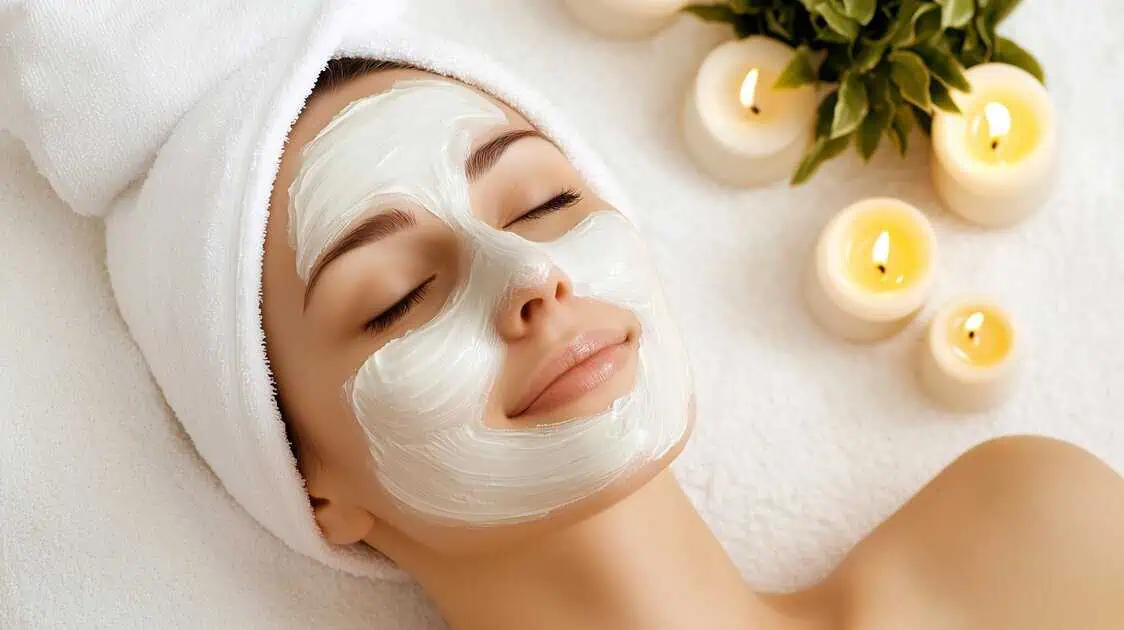

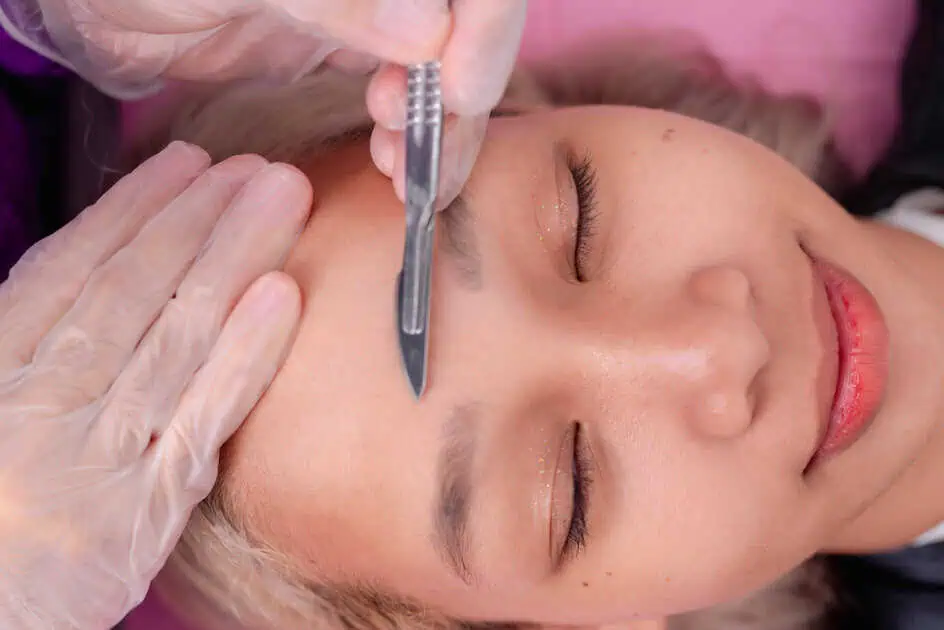
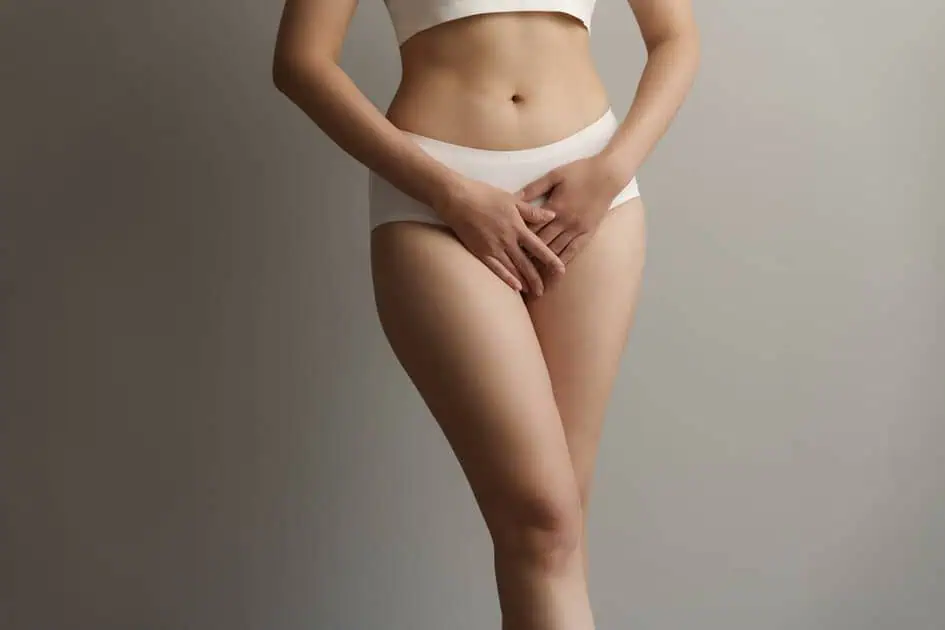
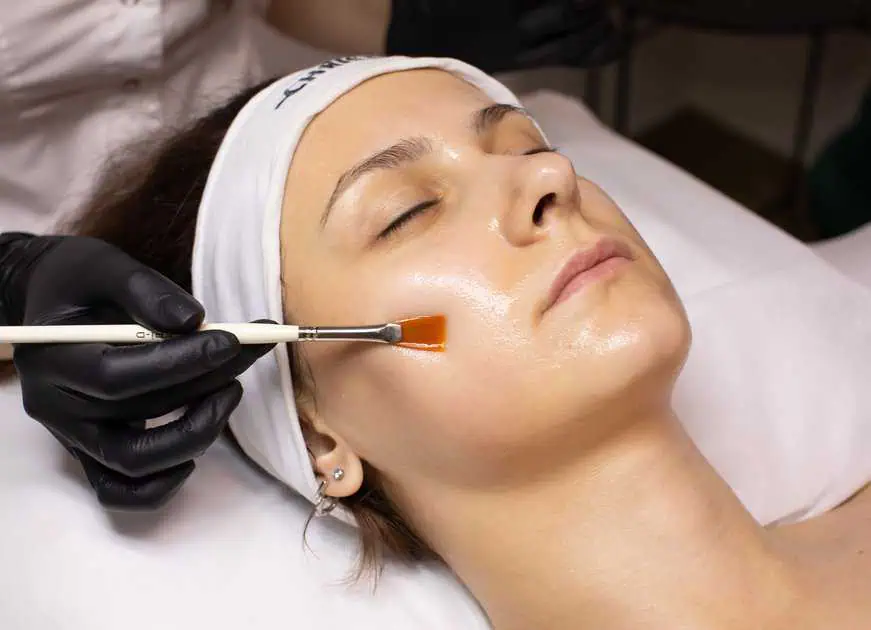
Join our email list for new treatment updates, promotions, special events + more